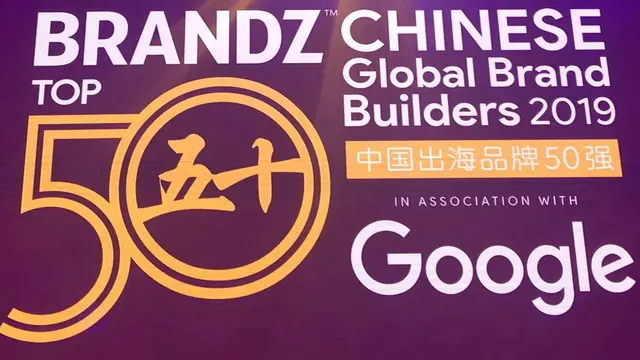The ranking is based on the brand power of Chinese brands in seven overseas markets, namely France, Germany, Spain, the United Kingdom, the United States, Australia and Japan.
Brand power integrates three elements: usefulness (meeting functional and emotional needs of consumers), differentiation (taking the lead to be the trend-setter), and uniqueness (popping up in the minds of consumers during purchase). The former two scores are obtained from the Google Surveys questionnaire, and the third is based on the search index from Google and YouTube.
Huawei scored high on three aspects of brand power. As of June 2018, its global presence has expanded to more than 53,000 stores and 3,500 experience stores worldwide. The sales volume of wearable devices increased by 147 percent year on year in the first half of 2018. Despite all headwinds in the past year, its brand power increased by 22 percent from last year and notched up from the second to the top of the league.
Lenovo, which has been building its global brand for many years, ranks second and remains unchanged in brand power from last year. In contrast, Alibaba saw its brand power surging by 48 percent and made it into the top three.
The brand power of Chinese brands increased by 15 percent from last year, tripling the growth rate of last year, indicating the growing vitality and competitiveness of Chinese enterprises.
That being said, Chinese brands awareness in overseas markets has declined from 19.9 percent in 2016 to 14.8 percent in 2018 among consumers aged between 18 and 34.
David Roth, CEO of WPP Global Retail Business in Europe, Middle East, Africa and Asia, noted that Chinese brands should go beyond product launching and make more efforts in building abrand image with a human touch and unique identity. This is the key to long-term success of Chinese companies in overseas markets.
(ASIA PACIFIC DAILY)
 简体中文
简体中文

